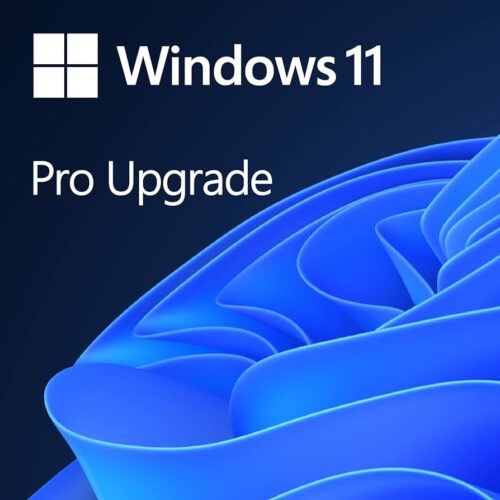Giveaway Best – Thinking about upgrading to Windows 11 but worried your PC might not be up to the task? No need to stress. Whether your computer meets the official requirements or not, there are several ways to jump to Microsoft’s latest OS without spending a dime. Let’s dive into how you can upgrade to Windows 11 for free.
Check for Compatibility
First things first, you’ll need to check if your PC is compatible with Windows 11. Microsoft has some strict requirements, including support for Trusted Platform Module (TPM) 2.0, Secure Boot enabled in the BIOS, and a supported processor model. The TPM requirement can be particularly tricky, leaving many older PCs ineligible.
To check if your computer meets these requirements, use Microsoft’s PC Health Check tool. If it isn’t already installed, head over to Microsoft’s PC Health Check support page, download the tool, and run it. Click “Check now” in the app to see if your computer qualifies for the upgrade. If it does, you’re all set to proceed with the upgrade.
Check for the Update
Windows 11 has been available as an update for compatible Windows 10 systems for some time. To see if it’s ready for your PC, go to Settings > Update & Security > Windows Update and click “Check for updates.” If Windows 11 is available, you can install it directly as an update.
Download With the Installation Assistant
If Windows 11 isn’t showing up as an update, don’t worry—you can still install it using Microsoft’s Windows 11 Installation Assistant. Here’s how:
- Go to the Download Windows 11 page.
- Click “Download now” under the Windows 11 Installation Assistant section.
- Run the Windows11InstallationAssistant.exe file.
- Click “Accept and install” to start the upgrade.
You can use your PC during the download and installation. Once it’s done, your computer will prompt you to restart. After rebooting, sign into Windows and complete the final setup steps. You’ll then be greeted by your new Windows 11 desktop.
Use Microsoft’s Media Creation Tool
Another handy option is Microsoft’s Media Creation Tool. This tool lets you create installation media for Windows 11, which you can use to upgrade your current PC or other devices.
- On the Download Windows 11 page, click “Download now” under the Create Windows 11 Installation Media section.
- Run the MediaCreationTool.exe file, accept the license terms, and select your language and edition of Windows.
- Choose to either copy the installation files to a USB drive or generate an ISO file.
If you choose the USB drive option, ensure you have a flash drive with at least 8GB of storage. The tool will download the necessary installation files and copy them to the USB drive. After it’s done, open the drive and double-click the setup.exe file to start the upgrade.
For the ISO file option, select a download location, double-click the ISO file in File Explorer, and then double-click the setup.exe file inside. Follow the prompts to complete the upgrade.
Direct Download of the Windows 11 ISO
You can also download the Windows 11 ISO file directly. Here’s how:
- Go to the Download Windows 11 page.
- In the Download Windows 11 Disk Image (ISO) section, select Windows 11 from the drop-down menu.
- Choose your product language and click “Confirm,” then click the “Download” button.
After downloading the ISO file, double-click it and then double-click the setup.exe file. Follow the on-screen instructions to complete the installation.

Use Rufus to Upgrade an Unsupported PC
If your PC doesn’t meet the official requirements, you can still install Windows 11 using a third-party tool called Rufus. Here’s how:
- Download the Windows 11 ISO as described above.
- Download and install Rufus from its official website.
- Launch Rufus and insert a USB stick with at least 8GB of free space.
- In Rufus, click “SELECT” and choose the Windows 11 ISO file.
- Ensure the Image option is set to “Standard Windows installation.”
- Confirm the USB drive is selected under the Device field, then click “START.”
When prompted, check the box for “Remove requirement for 4GB+ RAM, Secure Boot, and TPM 2.0,” and click “OK.” Rufus will format the USB drive and copy the necessary files.
Once Rufus is done, insert the USB drive into the Windows 10 PC you want to upgrade. Open the drive in File Explorer and double-click the setup.exe file to start the upgrade. Make sure to choose to keep your personal files and apps. After setup, you’ll be running Windows 11.
There you have it! Whether your PC meets the official requirements or not, you can still upgrade to Windows 11 for free. Enjoy your new OS!

